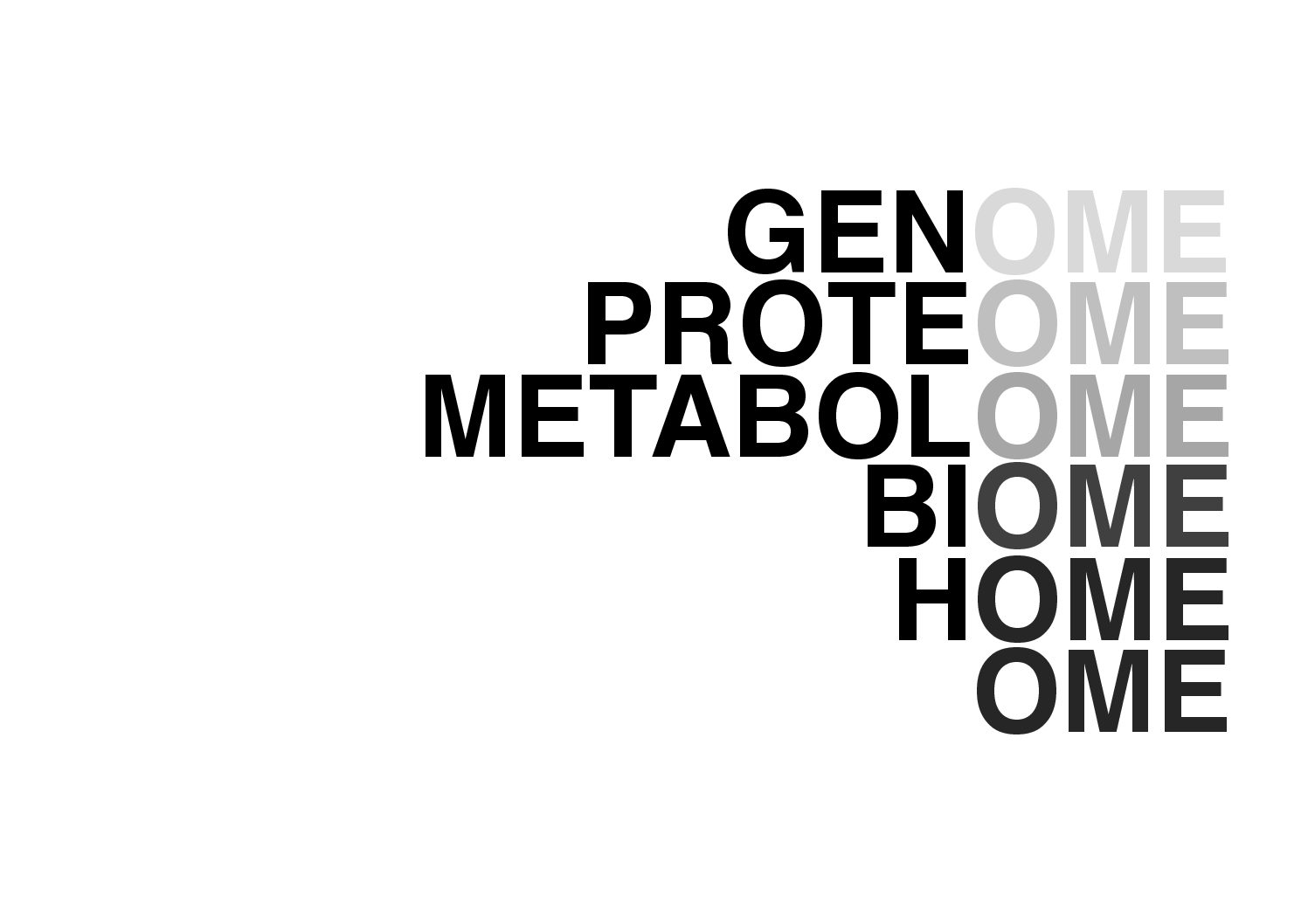


Prototype: BioMateriOME
Microbe-material interactions in the built environment.
In a world recovering from a global viral pandemic, what do we really know about the microbes that share our indoor spaces and grow on household surfaces? The prototype, BioMateriOME, aims to shed light on the invisible microbial world inhabiting common indoor surface materials (e.g., wood, glass, plastic), as well as innovative construction materials; including biocomposites (bioplastics, biomaterials), textiles (3D-knit, new yarns) and bio-fabricated materials (mycelium, bacterial cellulose).
In a unique, experimental living house, the OME, built by the Hub for Biotechnology in the Built Environment (HBBE), we will implement two installations:
- BioMateriOME-Public: A visual, tactile materials library for public interaction and participation that will convey a narrative around each individual material, from historic construction materials through to novel bio-fabricated materials. The installation is housed in the exhibition/fabrication space of the OME to encourage interactions with visitors and public. The prototype creates an opportunity for learning by providing an accessible gateway to knowledge through play/interaction, from which we will also seek to gauge opinions and perspectives on the materials from visitors and the public. This will help to shape new materials, biotechnologies and ideas that are essential for research into sustainable living materials going forward.
- BioMateriOME-eXperimental: A number of panels composed of a range of traditional and novel biofabricated surface materials will be installed into the OME studio apartment in order to characterize the development of the _OME microbiome across different surface materials over time. Swabs of the surfaces will be taken periodically to enable comparative and longitudinal studies of microbes on surfaces composed of different materials to visualise, quantify and characterise microbial interactions on indoor surfaces. State-of-the-art, high-throughput ‘omics’ technologies will be used as well as microscopy and microbial quantification. The aim is to generate microbial data to be able to define a ‘healthy indoor microbiome’ and consequently develop novel biotechnologies to promote, sustain and modulate the microbiome to create healthier indoor environments, with benefits to human health and wellbeing.

The combined elements of BioMateriOME will produce parallel, complimentary data sets from public material interactions and from microbe-material interactions. Together, the two data streams will gauge perceptions of and promote a critical understanding of microbial communities present in human habitats to help inform a microbially conscious approach to designing, constructing, inhabiting and maintaining our built environment.
Research Team:
Angela Sherry, Beatriz Delgado-Corrales, Romy Kaiser, Paula Nerlich, Armand Agraviador.














